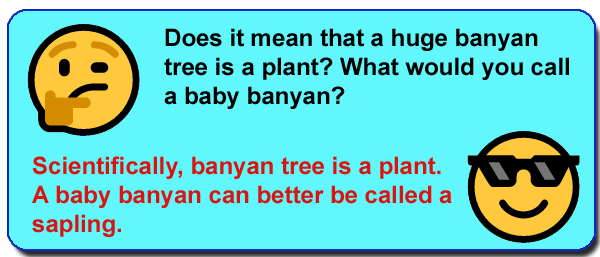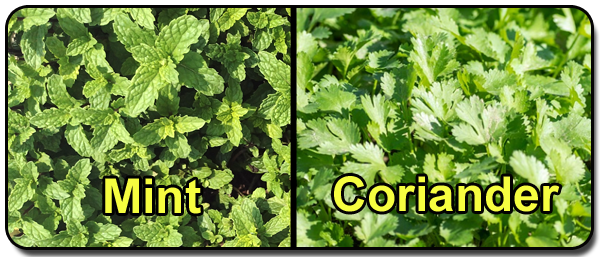Important Information on Plants
Plant
A plant is a general term that refers to any living organism that belongs to the kingdom Plantae. Plants are multicellular organisms that produce their own food through photosynthesis, which involves using sunlight, carbon dioxide, and water to create energy-rich molecules.

Tree
A tree is a perennial plant with a single stem or trunk, which typically grows taller than 20 feet and has branches and leaves. Trees are woody plants and are usually long-lived.
Shrub
A shrub is a woody plant that has multiple stems and is typically shorter than a tree, usually growing to no more than 20 feet in height. Examples: Rose, Rhododendron, Bougainvillea
Bush
A bush is similar to a shrub but is typically shorter and has a more compact growth habit. Bushes may have multiple stems and are often used as hedges or to create borders between different parts of a garden or landscape.
Herb
A herb is a non-woody plant that is typically used for culinary, medicinal, or aromatic purposes. Herbs are often grown in gardens and have soft stems and leaves. Examples - Cilantro, Basil, Mint, Thyme, Oregano

Grass
A grass is a plant with narrow leaves that grow from the base of the plant. Grasses are often used for landscaping, forage for livestock, and for producing grains such as wheat, oats, and corn.
| The study of plants is known as Botany. | |
| The study of fossil plants and plant evolution is known as Paleobotany | |
| Largest, tallest etc. | |
|---|---|
| Largest flower | Rafflesia |
| Smallest flowering plant | Wolffia |
| Largest tree-grown fruit | Jackfruit |
| Tallest grass | Bamboo |
| Tallest tree | Sequoia sempervirens (Coast Redwood)* |
| Largest seed | Lodoicea maldivica (Sea coconut) |
| Largest herb | Banana plant |
| Fastest growing plant | Bamboo |
| The tallest tree of the species is named Hyperion and located Redwood National Park in California, USA. | |
| Parts of Plants | |
| The part of the plant through which the plants respire | Leaf |
| The small pores through which plants respire and also eliminate water are known as | Stomata |
| The part of the flower which receives pollen grains during pollination | Stigma |
| The pigment found in plants which make them appear green | Chlorophyll |
| Plant processes | |
| The process by which plants manufacture food | Photosynthesis |
| The process by which roots absorb water and minerals from the soil | Osmosis |
| The process by which plants lose water especially through leaves (but also stem, flowers etc.) is known as | Transpiration |
| The phenomenon by which plants' growth is directed towards light is known as | Phototropism |
| The phenomenon by which plants grow or respond to touch is known as | Thigmotropism |
Types of plants
| Name | Type | Examples |
|---|---|---|
| Epiphyte | A plant that grows upon another plant. | mosses, liverworts, lichens, algae |
| Hydrophyte | A plant adapted for growth in water or wet soil. | Lotus, lily, sea weeds |
| Thallophyte | A plant that has simple body without root, stem or leaves. | spirogyra |
| Xerophyte | A plant adapted to live in dry places | cactus |
| Halophyte | A plant which can tolerate high concentration of salt in the soil | mangrove trees, rice grass (Spartina) |